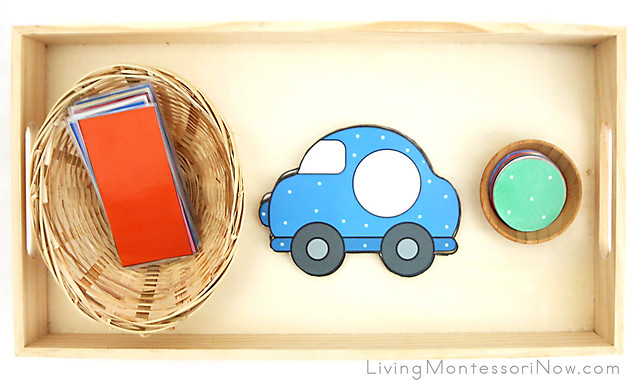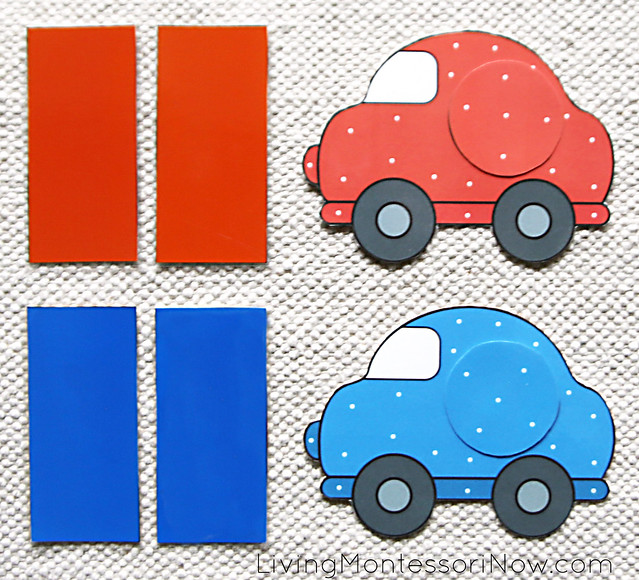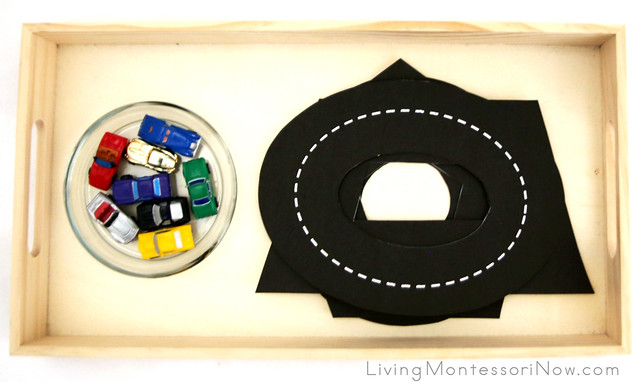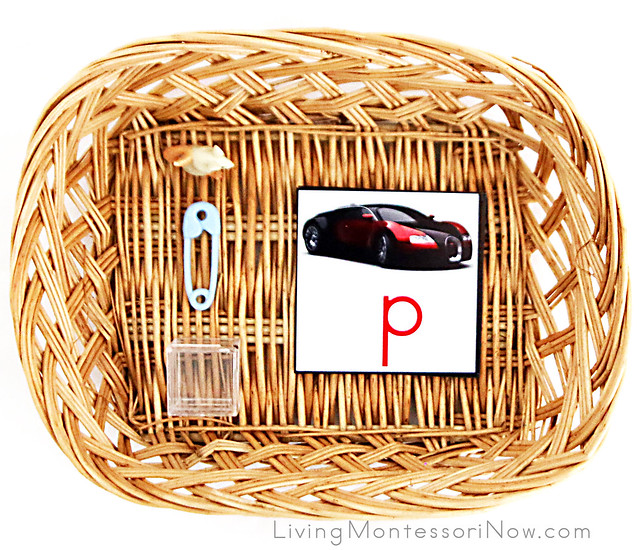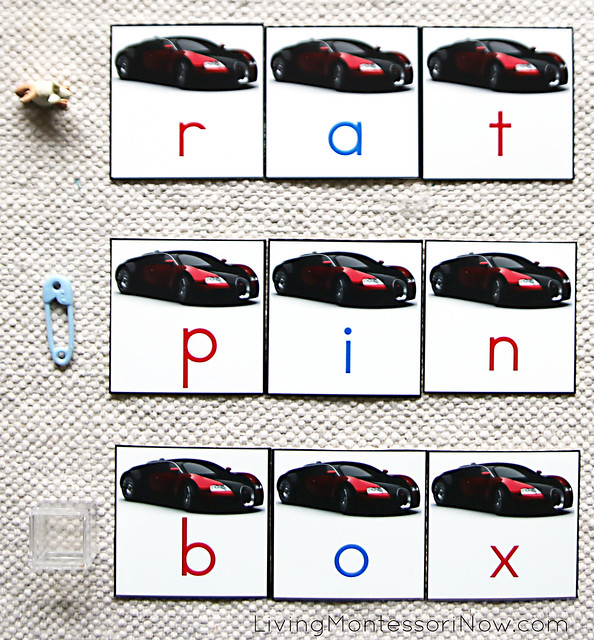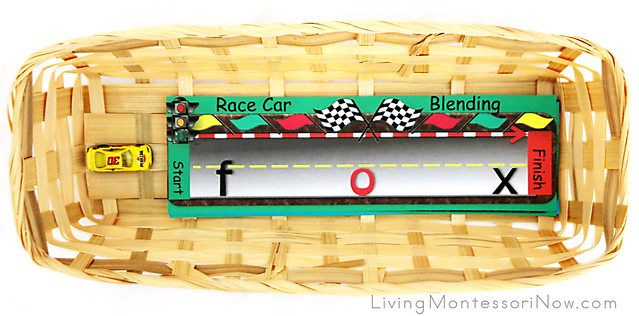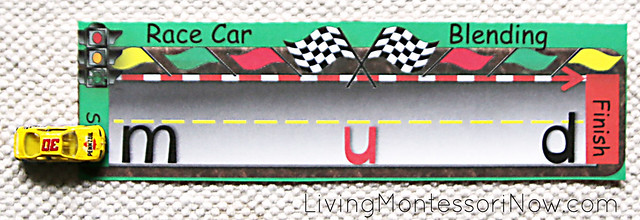Woot woot! 3 days until June! Summer is just about here!
It’s the end of the school
year! You’ve been busy planning your end
of the year program or graduation, catching up on your professional development
and now, for many, it is time to set up for summer programs!
Summer
planning of preschool themes, activities and the like typically has a different
look to it than school year planning. Summer planning is more relaxed. The
children in your care in the summer are most likely full time children with
parents or guardians working full time.
What
can you do to still support your preschoolers' growth and development but have
your program feel less like the typical school year?
Here are 4 small changes that will help!
1. Change Your Interest Center Names
In his play, Romeo and Juliet, William
Shakespeare penned the following phrase:
"A rose by any other name would smell
as sweet".
It's become an iconic phrase meaning that changing the name of something does not change what it is. This might also apply to the names of your interest learning centers. Although, I AM going to suggest that you change what it is!
Think about renaming your centers.
How about Campfire Time rather than
Circle Time?
And then, change what you do there! Which brings us to #2!
2. Drop the "academics"
I recommend
this in general, but especially in the summer!
STOP "Calendar
Time" and "Weather Time" and "Letter of the Week"!
Have Campfire Time (aka Circle Time) be a time of gathering and sharing
before going on with the day! Hopefully
this will carry forward into your new school year as well! ;)
3. Lighten up on your themes
Decide on one (two at most) themes
for the summer!
Perhaps you'll have an overall Ocean Theme.
From there, add a few weeks
covering different areas of that theme such as:
Ocean Life activities for 2 weeks.
Things on the Beach for 2 weeks.
Pirates for 2 weeks.
You get the idea!
4. Include the children in your planning.
Although you should be doing this
all year, brainstorm activity ideas with the children!
If you have The Ocean as an overall
theme, ask the children what they know about that theme. LIST EVERYTHING!
Create your activities based on this list!
You will find that they state things
like sea shells, whales, sharks, swimming, etc.
Take those ideas and then create
activities around them!
Not sure how to do this? For the 4 steps on how to create a theme, be sure to read my How To Plan A Theme series!
Summer-y (See what I did there?!)
In summary, if you are a full
year provider, take the time this summer to really enjoy the season with your
preschoolers!
You can read more about the ideas I
discussed here in my full Summer Planning page by
clicking here!
Lighten up, relax, enjoy!
Cheryl
About the author
Cheryl Hatch has taught and directed preschool programs for over 20 years. She is the Creator and Owner of Preschool Plan It, a website dedicated to sharing preschool themes, activities, articles and training with early childhood educators. She volunteers as the coordinator and teacher of the MOPPETS program in her town (a preschool program for the M.O.P.S.--Mothers of Preschoolers Program). She has her undergraduate degree in Early Childhood Education. Cheryl has been an active, integral member and leader within the Teachers.Net Early Childhood community for many years, moderating live chats and providing peer support on the Preschool Teachers Chatboard. You can read Cheryl’s articles, activities and themed preschool lesson plans at www.preschool-plan-it.com





















